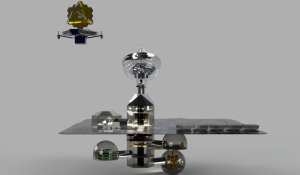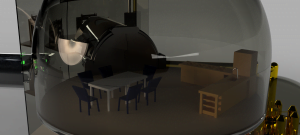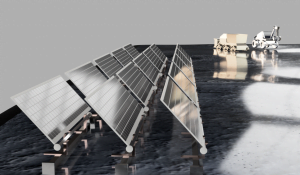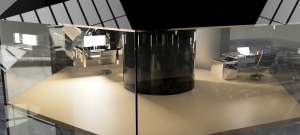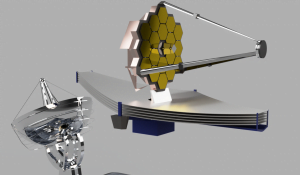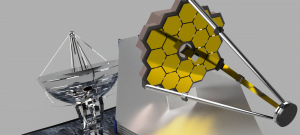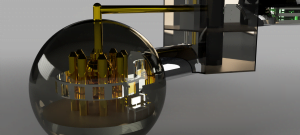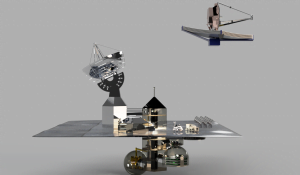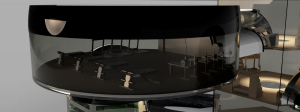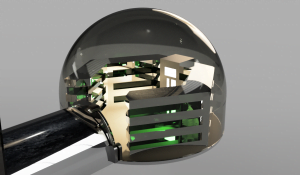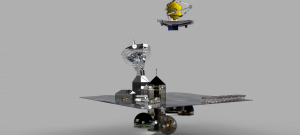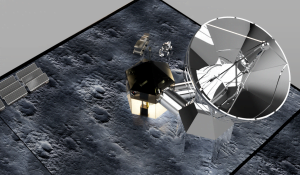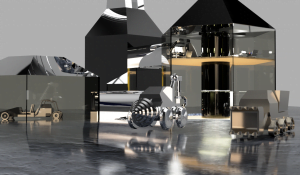Moon Camp Pioneers Gallery 2020-2021
In Moon Camp Pioneers each team’s mission is to 3D design a complete Moon Camp using Fusion 360. They also have to explain how they will use local resources, protect astronauts from the dangerous of space and describe the living and working facilities.
Team: GET
Middle school affiliated to Zhengzhou University of light industry Zhengzhou City, Henan Province China 19, 18
External viewer for 3d project
|
Project description
Our goal of moon camp is to build a space station without electromagnetic interference on the back of the moon, so that scientists can live and work. It’s also good for our geologists to study the geological characteristics of the moon. At the same time, let scientists collect helium-3 from ore to build small nuclear power stations, and try to build a recyclable ecosystem so that scientists can live for a long time. |
|||
|
Where do you want to build your Moon Camp?
We want to build my lunar summer camp in the Antarctic Aitken basin on the back of the moon. The low-frequency observation of the moon is conducive to the study of the origin of the earth’s rotation. And the Antarctic Aitken basin is the largest crater in the solar system. We can also analyze and experiment the rocks in this area. How do you plan to build your Moon Camp? Describe the techniques and materials you would use.
We plan to take advantage of the uneven topography of the Antarctic Aitken basin to dig underground, then use 3D printing technology to fill the underground area, and then cover it with anti-radiation and strong materials, and then use inflatable residential modules inside. In this way, we plan to build low-frequency radio telescope, space observation room, lunar car garage and solar panel on the ground; to establish residential, living, plant breeding, fitness room and small nuclear power station room underground. We also plan to connect each cabin with cylindrical pipes, each pipe can control the air pressure of each cabin. Each cabin is equipped with an isotope thermonuclear cell for energy supply and heating. With regard to space observation, we are also preparing to launch the James Webber space telescope into near moon orbit for further research. The environment on the Moon is very dangerous for the astronauts. Explain how your Moon Camp will protect them.
Our lunar camp has a strong external wall to protect against small meteorites and cosmic radiation. And we use isotope thermoelectric generators and the solar panels to produce heat, which is higher than the extreme cold temperature of the moon. Explain how your Moon Camp will provide the astronauts with:
|
|||
|
Water
|
Food
|
Electricity
|
Air
|
|
We plan to combine hydrazine with catalyst to produce hydrogen, and combine hydrogen with oxygen to produce water. |
In the early stage, we brought some food to be stored in the camp. In the later stage, we can remove water and fertilizer from the urine and feces of astronauts, and grow sweet potatoes, potatoes and other food in the closed LED plant breeding room. |
In the early stage, we used the atomic energy in the isotope thermoelectric generator and the energy absorbed by the solar panels for energy supply. We can also use the lunar rover to mine the ore and helium-3 in the lunar soil to collect the ore needed by the atomic energy generator for the construction of the nuclear power station in the later stage. |
In the early stage, we take enough air, and in the later stage, we mix the oxygen and nitrogen collected from the plant breeding room to produce air. |
|
Explain what would be the main purpose of your Moon Camp (for example: commercial, scientific, and/or tourist purposes).
The main purpose of our lunar camp is scientific research. We use low-frequency radio telescope and James Webb Space Telescope to carry out scientific research in a special location without electromagnetic interference which is the back of the moon. We collect helium-3 from lunar soil by lunar rover to provide fuel and build nuclear power station. |
|||
|
Describe a day on the Moon for your Moon Camp astronaut crew.
In the morning, the scientists get up and wash, then they go to the living floor for breakfast. After breakfast, the scientists go to the fitness room for exercise. After lunch, botanists go to the plant breeding room to detect the growth of plants; geologists and engineers put on space suits and drive the lunar rover to mine lunar soil and ore for scientific research; astronomers go to the space observation room to observe galaxies with telescopes, receive low-frequency signals and record data; electrical engineers go to the solar panels on the lunar surface for detection and maintenance Nuclear physicists work in small nuclear power plant rooms. After working in the afternoon, the scientists go to the living floor to have dinner in the evening, talk about their progress today, and then go to bed. |
|||




